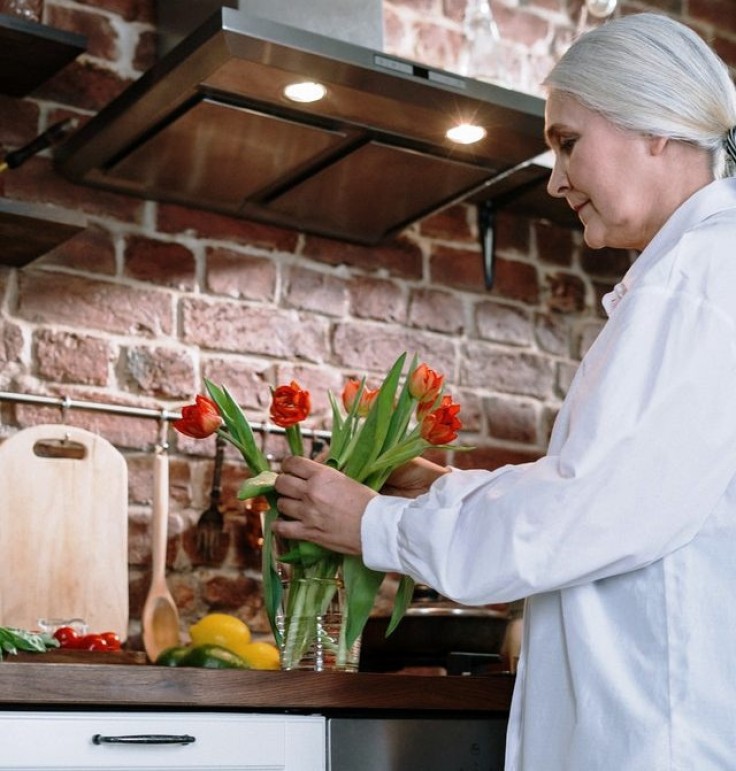
A team of researchers from MIT has developed a system that can monitor a person remotely without invading his or her privacy.
Older people are at risk when they are living alone at home. Some may already be suffering from declining health. Thus, family caregivers need to monitor their activities at all times.
To ensure they are safe, many would install cameras in every room, but there are privacy concerns about using such a device. More so if the camera is in the bathroom or the bedroom.
Also, a camera's field view is minimal. To cover a wider area, you need to install multiple cameras. That would mean additional costs. Moreover, these cameras do not do well in the dark and occlusions.
A solution to this is a technology that allows monitoring of one's activities without invading privacy. This is what the MIT researchers recently developed. Their system uses radio waves instead of conventional cameras. They call it RF-Diary.
RF-Diary can monitor the activities, including sleeping, reading, cooking, and watching TV. And the system does it without capturing sensitive data.
"The wireless signals are unintelligible to humans, so it preserves the person's privacy." The system does not need a video so that it can work even in a dark setting.
How does RF-Diary work?
The system used floor maps and wireless signals. The floor map details the person's living space. That will allow the system to determine what the person does, the objects he uses, and where he is exactly.
Once the floor maps and wireless signals are paired, the AI can be trained to recognize movements. Radio waves are beamed into the living space as the subject does his daily routine. The sensors then record the signals coming back from the living space.
Over time, the system can correlate the signals with specific movements and activities. Once trained, the system continues to monitor the actions through radio waves. This process helps it identify different activities such as walking, sitting, and sleeping. It can also connect the movements with objects.
RF-Diary can then summarize the activity in a brief written description and is then shared with caregivers.
A video demo by CSAIL clearly showed how the system works. The system is shown side by side with a video feed. The documentation wrote, "A person enters the kitchen. He takes off his clothes, sits at the table, and starts playing the laptop." The next activity shows no video feed, but the system can still document what was happening.
Its documentation said, "A person walks to the kitchen. He then pours water into a cup and drinks from it."
Potential commercial uses of RF-Diary
The research team plans to make the technology available for commercial use. In the future, homes, hospitals, and other healthcare facilities can use it. It would allow caregivers to monitor people at risk remotely.
You can read the published MIT CSAIL report here.
Read next: How Prepared Are We for the Looming Solar Panels E-Waste Glut?









